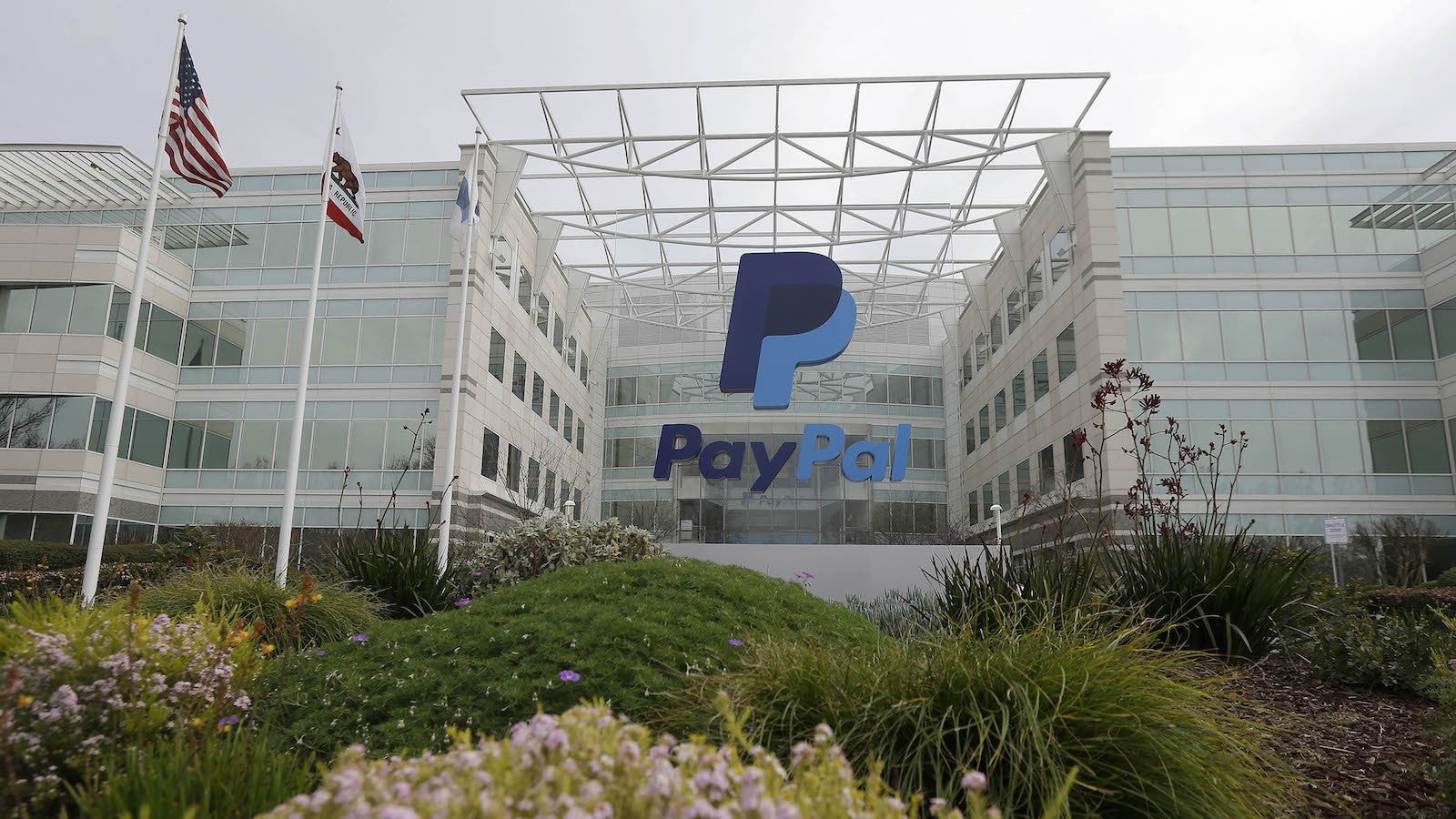PayPal is warming back up to tap-and-pay technology, and you have Apple to thank for it
Back in 2012, PayPal was losing faith in the future of near field communication, NFC, as a consumer payments technology. John Donahoe, then the CEO of PayPal’s then-parent company, eBay, joked at a conference that year that NFC stood for “not for commerce.” And PayPal’s then-president, David Marcus, wrote in a blog post about his predictions for the coming year that “[t]he NFC payments debate will slowly die in 2013.”


Back in 2012, PayPal was losing faith in the future of near field communication, NFC, as a consumer payments technology. John Donahoe, then the CEO of PayPal’s then-parent company, eBay, joked at a conference that year that NFC stood for “not for commerce.” And PayPal’s then-president, David Marcus, wrote in a blog post about his predictions for the coming year that “[t]he NFC payments debate will slowly die in 2013.”
The debate didn’t die, though. And neither did NFC. In fact, more shoppers than ever before are getting familiar with the technology—it’s what lets them make in-store purchases by tapping their phones at the checkout register.
So what changed to revive NFC’s relevance in a consumer payments in the span of just a few years? In a word: Apple. In two words: Apple Pay.
The mobile wallet launched by Apple in October 2014, along with somewhat similarly designed payment systems from Samsung and Google, helped put NFC on the map for millions of shoppers. None of these systems has been a slam-dunk success—there are still far more iPhone 6 users who haven’t yet used Apple Pay than who have—but 84% of them have at least heard of Apple Pay, according to a recent US survey by First Annapolis Consulting. (Among American smartphone users more broadly, the awareness rate only slips to 73%.) And in the UK, which Apple Pay expanded to in July 2015, one out of 10 payments are made using contactless technology.
The latest signal of NFC’s increased traction is PayPal’s announcement at the Mobile World Congress conference in Barcelona that it will be adding NFC support for Android customers in the US and Australia in the second quarter of 2016. The announcement follows the company’s introduction in September 2015 of a mobile card reader with NFC capability.
PayPal, which was spun off from eBay in 2015, is looking to become more of an agnostic service for companies and customers. So, supporting contactless payments in the PayPal app for Android makes sense—if consumers want to tap their phone and pay, now they can do so through PayPal. Other firms, like Capital One, already offer NFC-based mobile wallets for Android devices. (On iOS, the NFC chip isn’t accessible for third-party developers, so it would be impossible for PayPal to add an NFC support feature to its iPhone app without working with Apple.)
As for the executives who were dismissive of NFC’s prospects back in 2012, Donahoe stepped down from his CEO post at eBay and is now PayPal’s chairman, while Marcus left PayPal in 2014 to run the messaging division of Facebook.